Lessons in Sustainability
March 30, 2016
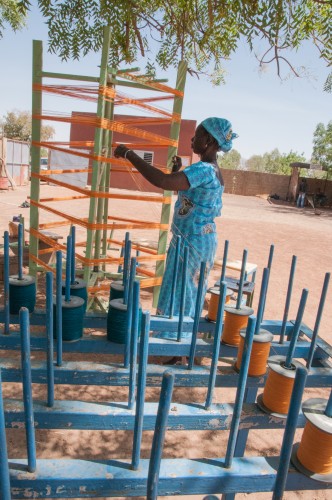

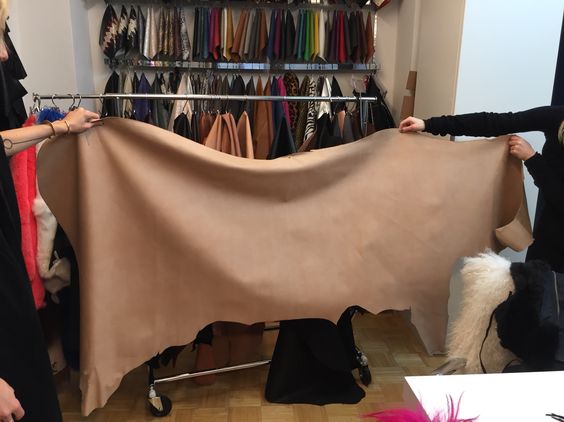
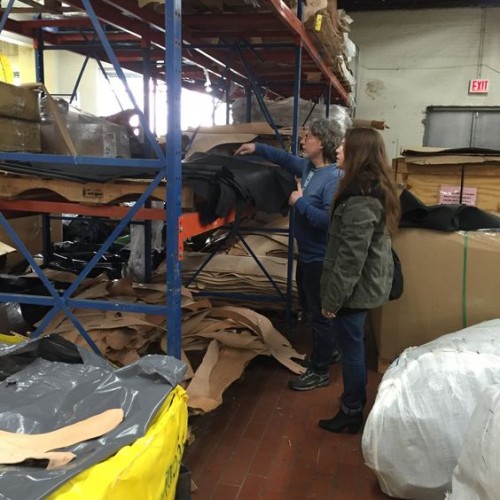
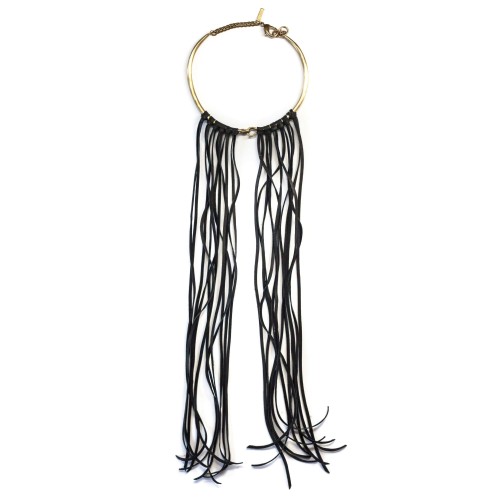

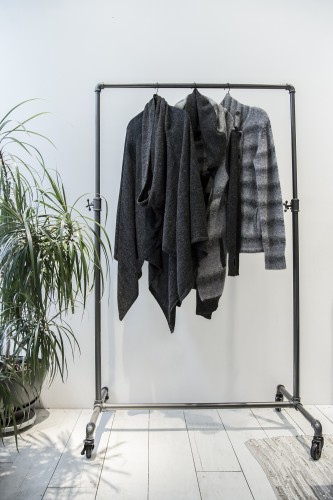



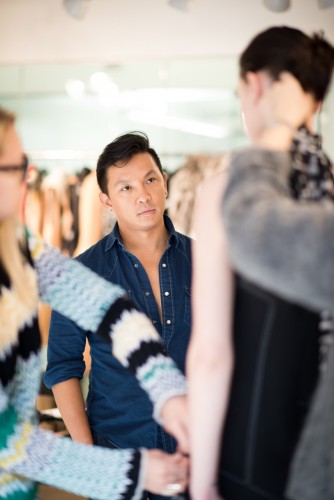
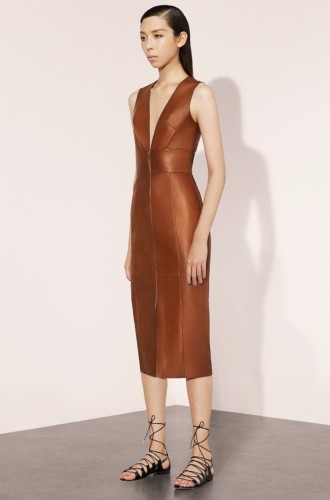

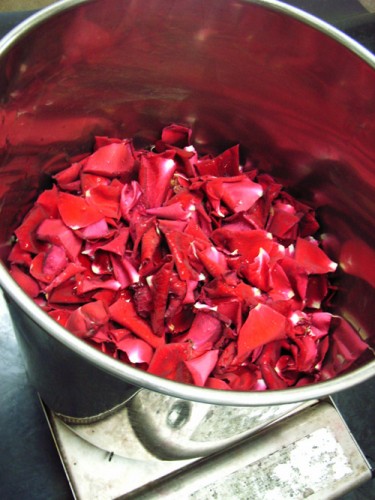
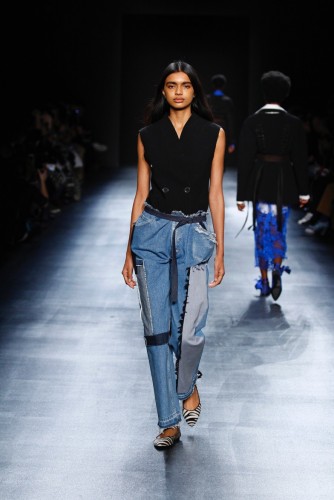

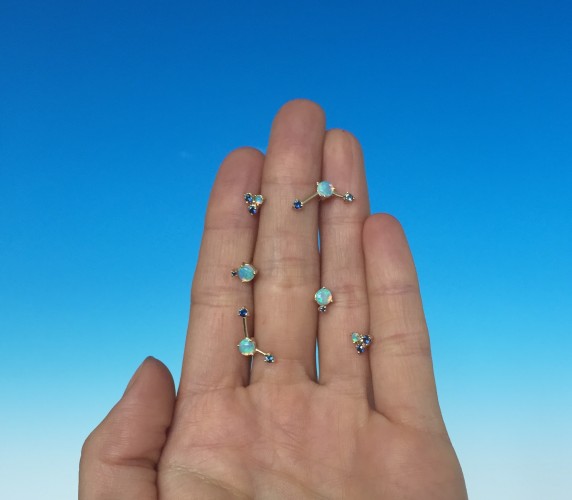
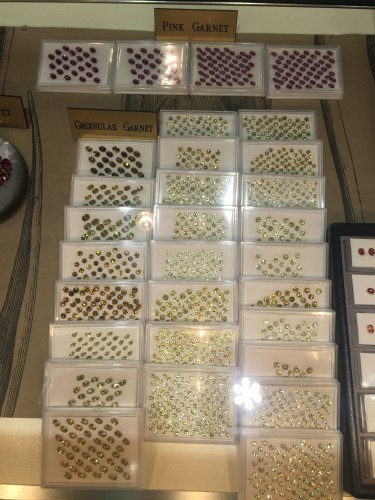
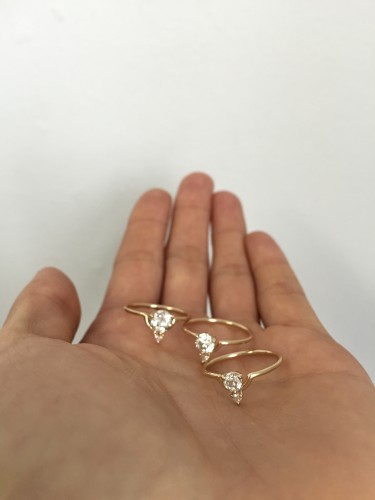
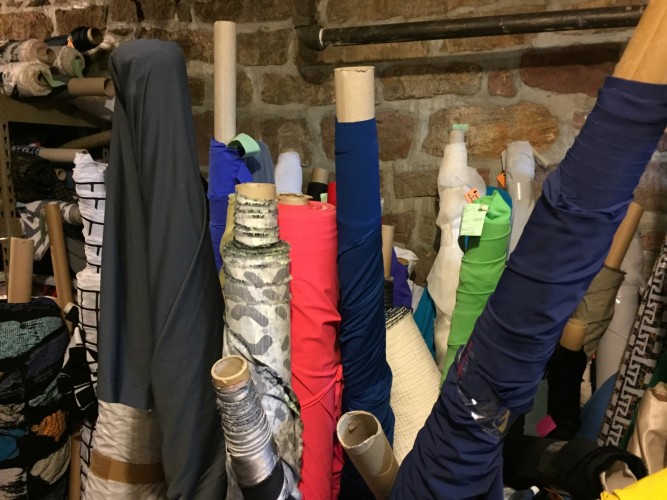

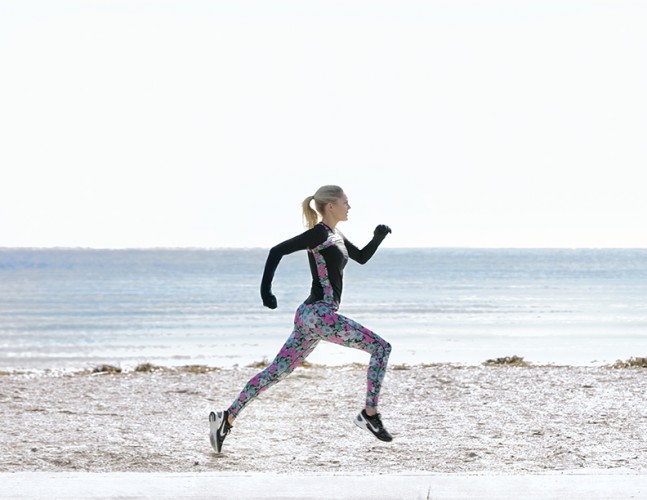

K/LLER Collection
K/LLER Collection
K/LLER Collection
Nicholas K
Nicholas K
Brother Vellies
Brother Vellies
Brother Vellies
Prabal Gurung
Prabal Gurung
SVILU
SVILU
TOME
TOME
Wwake
Wwake
Wwake
Zero + Maria Cornejo
Zero + Maria Cornejo
Erin Snow
Erin Snow
As programming continues in the CFDA/ Lexus Fashion* Initiative, the 10 designers are tasked to articulate the challenges they face while remaining true to the brand ethos they set for themselves. Through workshops like C.L.A.S.S., which explored responsible fabric innovations, these designers are better versed in emerging options in these fields. CFDA.com asked each brand to summarize how their stance on sustainability has been enriched this month.
Katie deGuzman and Michael Miller, K/LLER Collection: “For the Initiative, we are looking closely at our materials to see if we can find more ethically minded or responsibly manufactured materials to integrate into our collection.
Our research this past month has included finding a more responsibly sourced leather hide to make into lacing by a local manufacturer. Currently we use deerskin lace that is produced in the USA, but this lacing is chromium tanned which we discovered is highly toxic versus vegetable tanned which is less toxic and uses natural tannins for processing. Upon further research, we learned that vegetable tanning requires more water to produce, but is biodegradable. Chromium tanned leather cannot be recycled, but the chromium can be extracted and used again for tanning. Our challenge after doing the research is deciding which tanning is more responsible.”
Nicholas and Christopher Kunz, Nicholas K: “Fabrics and yarns are the first place to start when considering sustainable products and there seem to be a greater and greater variety of ways to improve our sustainable efforts. Internally we try and design garments that have longevity in design and function. Fabrics and materials durability must match the extended lifecycle of these garments. From the onset we have also tried to avoid synthetic materials as much as possible- primary materials include wool and cotton. Some challenges we have faced are related to fabric minimums and production timeline. We were interested in using organic hand dyeing techniques but the production lead times can be 75 percent longer and are not always reliable (color and delivery). We are trying to address these lead times through production of non-seasonal products. I think we are most excited by the fact that there are just more options in general and that availability of products that are eco conscious are being offered even in countries not typically known for ecofriendly production.”
Aurora James, Brother Vellies: “Our best-selling sandal for Spring-Summer ‘16 was the Burkina Sandal. It was created utilizing fabric handwoven by women in Burkina Fasso. The original pattern of the fabric was their design utilizing our color preferences. Several dozen women were involved in the weaving for us this season. Our rivets and eyelets are made my repurposing old brass pieces in a tiny workshop in Kibera Kenya. A block or two away cow bone is meticulously hand carved into beads for our Ponte D’Uoro sandals.”
Prabal Gurung: “We have been working closely with our sponsors who have made exciting introductions and have really helped steer us in the right direction. Since our discussions with the mentors, here are some conversations that have ensued: The team has spoken with Wet-Green and have sent samples of leather that they will then be sourcing upon receipt. Once we receive their sourced samples we will assess the best Wet-Green leathers for our collection and move forward. We have also reached out to Repreve to inquire about high performance active wear material and they have since put us in contact with Texollini mill.
Since the CFDA panel with C.L.A.S.S., we have been in touch with Giusy so that we can be granted access to their library and work with their certified mills. We are also working with re-fahioNYC to donate all of our fabric waste in collection bins. re-fashioNYC is a partnership between the NYC Department of Sanitation and Housing Works to make clothing donation as easy as possible through a convenient in-building service.”
Britt Cosgrove and Marina Polo, Svilu: “One of the most polluting aspects of the fashion industry happens in the dying process. Working with color is an exciting part of designing a collection but it can be challenging to find colorful fabrics that are produced using non-toxic dyes. At the C.L.A.S.S workshop we were excited to learn about Botanicaldye by ColorBall – a mill using fruits, flowers and tea leaves to create non-toxic, naturally dyes fabrics. It would be very cool to use green organic cotton dyed using avocados and pink Tencel from carnations.”
Ryan Lobo and Ramon Martin, Tome: “One of the challenges we face involves making a sustainable, high quality product in an industry that moves closer to a ‘fast fashion’ structure at all levels of the market. We are excited about the design solutions we are discovering within our atelier by exploring repurposed, recycled fabrics and elements of clothing.
We believe that every single decision in the design process counts, and that we control our practices and choices. Every choice we make for every single piece of clothing, we ask, ‘Is this the best way we can do this?’ Just asking the question leads us to better choices and sustainable opportunities.”
Wing Yin Yau, WWAKE: “Traceability and transparency in the jewelry industry is challenging for small jewelry companies. We have started partnerships with suppliers who specialize in Recycled Gold, Traceable Diamonds, Traceable and community sustaining Colored Stones and Fairmined Gold Auction pieces for Pure Earth Benefit Auction.
For this auction, we have partnered with the organization Pure Earth and the only U.S. provider of Fairmined-certified artisanal gold, to support the miners from the Peruvian Aurelsa mine, and its surrounding community. We have made three pieces for the auction, also using exclusively traceable stones – our signature Australian opals paired with stunning Montanan sapphires, that are ethically mined and cut. Fully traceable stones and Fairmined gold have very limited sourcing in the USA, but once connected with the correct providers these pieces were relatively straightforward to produce – most importantly, they are proof that this change in production methods is very possible!”
Maria Cornejo, Zero + Maria Cornejo: “Since the beginning, and as a result of the company’s commitment to the local economy, the Zero + Maria Cornejo collection has been largely produced (70 percent) in the heart of New York City’s Garment District with the exception of a few categories including shoes and handbags which are made by small, independently owned factories in Italy.
We are dedicated to fostering a company ethos that is just as committed to its social as its environmental impact. We use ecological and sustainable fabrics wherever possible. And as a company owned and run by women, the team continuously looks to develop special collaborations with women artisans around the world. Current challenges are finding mills/tanneries that offer eco/sustainable fabrics for novelty, evening wear, anything that is ‘eye’ candy. Eco Lurex. for example, is just not something that is on the market. I find that most ‘sustainable’ fabrics are made of poly or cotton, and are not very exciting. Reuse of fibers that fall on the wayside and new technologies that can down fabrics (either that are cut off from the pattern table or not used) into their natural fiber state to be re-spun for circular use.”
Erin Isakov, Erin Snow: “Until now, we have been challenged by the lack of 100 percent safe and responsible options for some of the performance textiles we use in our collection. We are asking the important question – how do unsafe fabrics impact our bodies, especially during active use? While there are plenty of ‘less bad’ options, a true long-term solution to be proud of has only existed conceptually. Through new textile development, we are on the cusp of a truly exciting moment when we can create circularly designed performance apparel that is safe for humans and the planet.”

